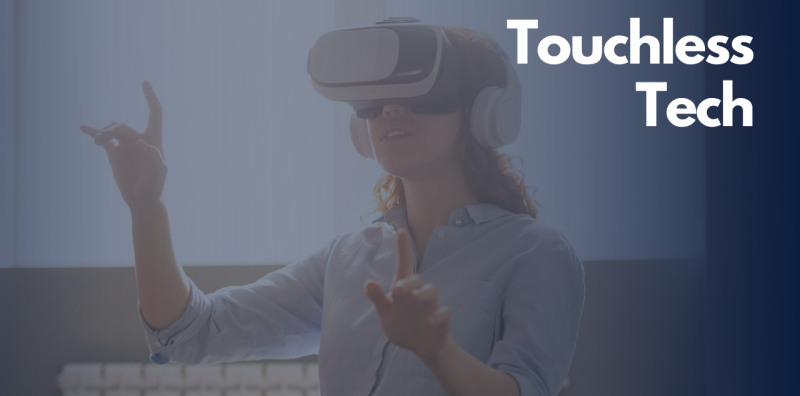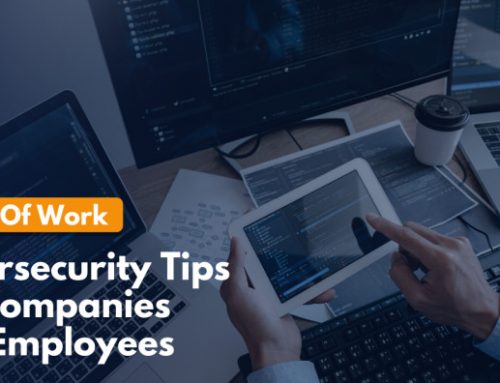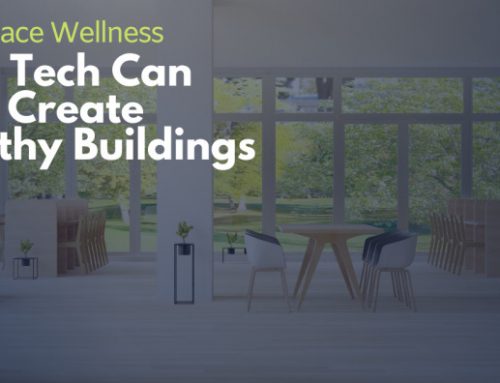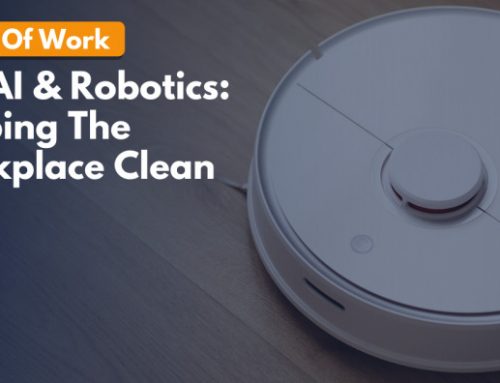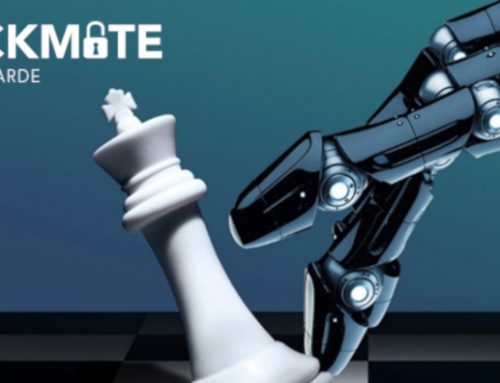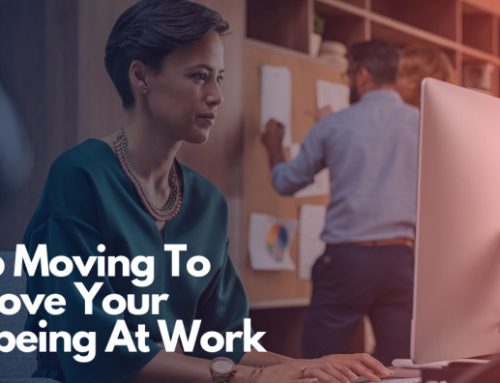- Touchless tech can give members confidence in shared workspaces.
- Facebook is pioneering AR workstations and virtual avatars.
- Connectivity is key to enable touchless tech, but cost is a limiting factor.
Source – https://allwork.space/2020/06/
Remember the paperless office? For years, we were told advancing digitisation would banish our photocopiers and paper-reliant processes. While we have reduced our reliance on paper, it never happened.
Now, thanks to the impact of COVID-19, a new buzzword has hit the headlines. The touchless office. But is this just more pie-in-the-sky dreaming, invented by catchphrase junkies with nothing better to do than try to flog their luckless VR systems?
The touchless office isn’t a new phenomenon either. From QR codes to biometric access systems, workspaces have scratched the surface with these technologies for years. Now, as people get increasingly nervous about the spreading germs, touchless technologies could help workers regain the confidence they need to return to the office.
From this perspective, this shift to touchless tech makes sense. Germs can live on a surface for 48 hours and 80% of infectious diseases are transmitted by touch. Want to know something really disgusting? 1 in 6 people also admit they don’t wash their hands every time they go to the loo.
Any device that requires a human touch to operate it is now a potential infection point.
Touch-free tech
Some touchless technologies are relatively simple and readily available, allowing us to use a gesture to activate a device or carry out a task. Automatic doors, for example, use motion sensors to seamlessly open when someone walks towards them. Touchless soap dispensers and toilet flushers rely on a wave of your hand to activate.
But what about automatic blinds, air-con systems and AV displays? These all usually rely on remote controls, which are handled by the masses. Touchscreen hygiene is another important area, which is a longstanding issue and one we must address in the age of COVID-19.
This is where sound recognition technologies could help. Using voice-enabled commands, you could simply ask your office blinds to lower or increase the temperature of your office.
Building control apps are another potential way to reduce the number of touchpoints in your office, where you can control your office environment with the swipe of a smartphone. A handful of apps already exist to allow you to control workspace HVAC systems, elevators and lighting, photocopiers and vending machines through your smartphone.
Your smartphone could also help you practice social distancing. Made by the United Nations, the 1point5 app notifies users when someone enters their 1.5 metre radius. Some wearables are also being retro-fitted with social distancing management and monitoring technologies.
Real estate company Cushman & Wakeman has also designed the “Six Feet Office” concept to demo how existing offices can be transformed into socially distant workspaces. The space includes subtly marked-out zones to keep people separated at a safe distance and encourages workers to navigate the workspace in a clockwise direction.
Workplace access is another key area where touchless technologies can provide members and visitors with a digitally managed experience. Some access control systems allow individuals to navigate through checkpoints using a QR code or another mobile-based access key. Others are experimenting with biometrics – but privacy concerns must also be addressed before you implement this technology.
You’ll also need to link all these technologies. Richard Morris, director at proptech company technologywithin, said: “Connectivity is key, so in order to enable a truly contactless office you need a fast and reliable internet connection.”
“A number of operators are also looking at better utilising the data they capture from their centres and how this can be deployed to help minimise contact in the workspace. For example, data can help to determine the number of people in the building during the working day, where the heavy footfall is, and how space is being utilised.
“By properly capitalising on this data, not only can landlords and workspace operators ensure that they are getting the best use of their available space, they can make certain that the health and wellness of their clients is paramount to their operation.”
Enter the AR
Augmented reality (AR) is another route to the touchless office, removing keyboards and other workstation-based germ magnets from the office entirely. Facebook is reportedly experimenting with futuristic desk set-ups where virtual, customisable screens float in the air and Codec Avatars of employees enhance social interactions in the virtual realm.
A recent Tech@facebook blog post states: “We envision a dynamic virtual work environment anchored by genuine social presence. Next-generation devices would give people infinite workspaces with configurable virtual screens, whiteboards, and other visionary tools. You could work alone or collaborate in a persistent meeting room with remote coworkers like you were all sharing the same physical space, and with all of the nuance of in-person conversation.”
Yikes. Personally, I’ve missed in-person conversations and no amount of VR trickery is going to convince me otherwise.
If you are wondering what a real touchless office may look like, then you may want to look at the headquarters of the Bee’ah waste management company in Sharjah, UAE.
According to recent reports in The Guardian, the building has been designed around “contactless pathways” where employees don’t need to touch a surface as they walk around the space. Facial recognition technology automatically opens doors for occupants. Lifts, blinds, lighting, and ventilation call all be operated with a smartphone and you can even order a coffee using one.
But a 100% touchless office may not be feasible for some operators.
Morris added: “There are already some examples of fully contactless offices around the world. However, not all operators will want to go down this route, largely due to costs and the fact that, for many people, the appeal of workspaces is the opportunity for human interaction. It is more likely that there will be a mix of contact and contactless, with certain technology – especially tech that supports health and wellness – being adopted more quickly than others as the need arises.”
While the Bee-ah HQ is a fascinating prospect, the touchless office seems as far away as the prospect of the paperless office for most workspaces. After all, even with all the latest touchless gizmos rolled out across your workspace – humans are still creatures of habit and, particularly after the isolation of lockdown, we’re going to need some human interaction from our workspaces now, more than ever.


